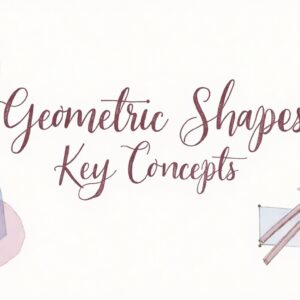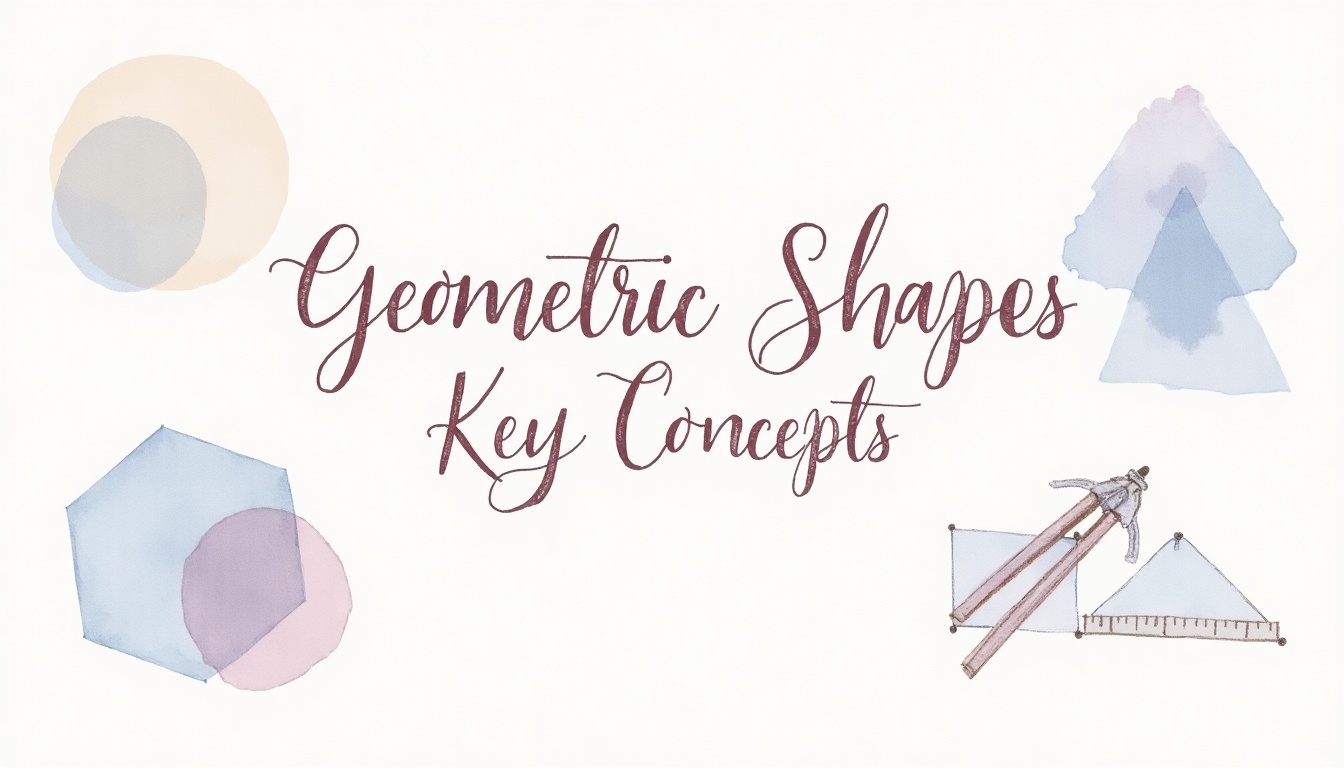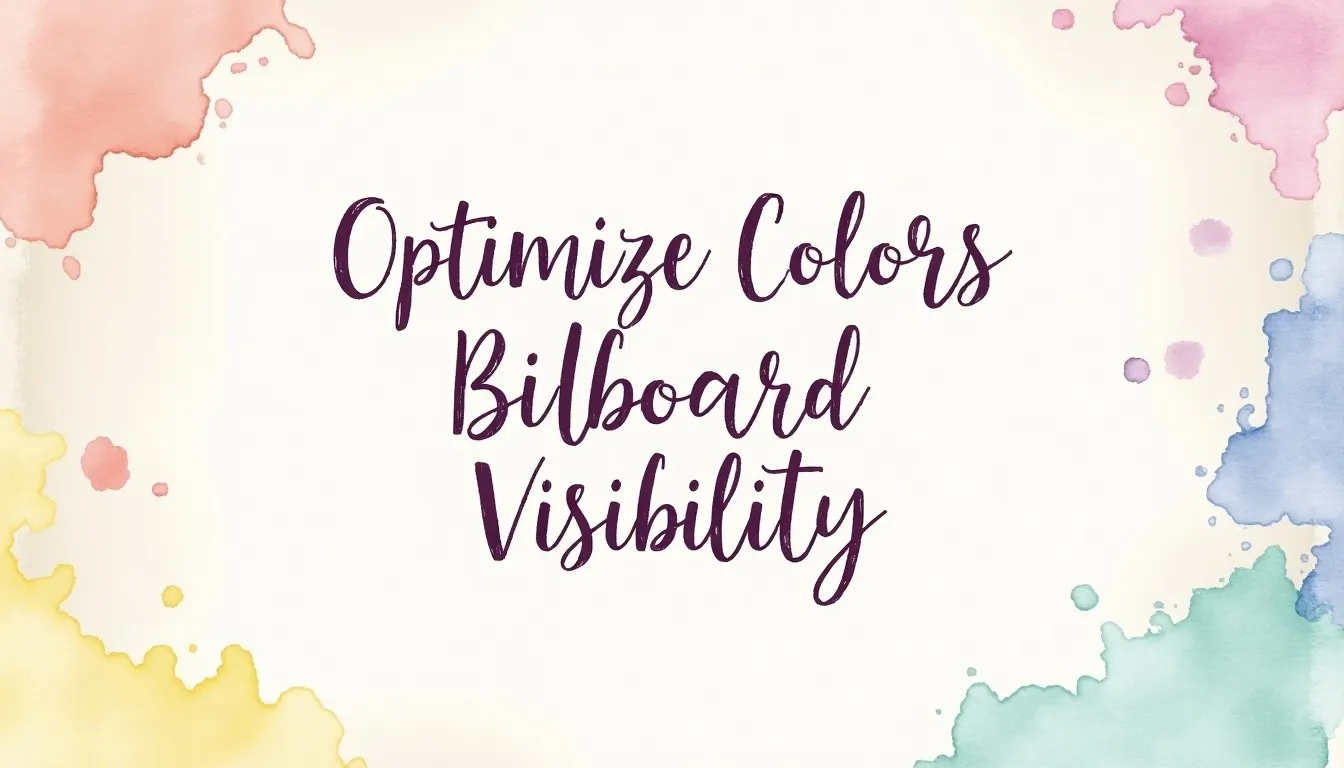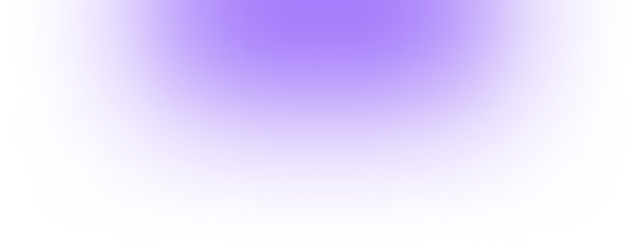A beginner’s guide to digital art

Decades ago, people used print media to convey information, ideas, speech etc. Be it the graffiti that was put on walls. Or the print graphics in the newspapers, the media used was largely paper. Yet as the printing press gained momentum when Gutenberg invented it, literacy expanded.
Even later than that invention, a major watershed event was the development of digital art. Now, what does that mean? Basically, digital art is the graphic form that developed with the emergence of personal computers. Put in simple words, digital art is the contemporary art that uses methods of mass production and digital media.
Digital art has completely revolutionalised modern Industry. It has a lot of advantages over conventional print art or written Graffiti.
Some of these are listed below:
- Digital Art is very cost-effective as one can hire any designer with a minimum investment who provides unlimited graphic design services.
- Digital art is versatile as it can be created through any electronic device easily.
- Digital art is more long-lasting as it stays for a longer time in the computer and other devices.
The Evolution of Digital Art from ages

The digital art that we have today is entirely different from the pioneering stage one. With the improvements in technology, art has flourished a lot and has improved its outlook too. If you compare the digital brochures and graphics of the present day with the 3 decades older ones, the visible difference will be found. Check out how digital art evolved through ages.
- The emergence of Digital Art
Digital art slowly emerged in the late 1940s with the introduction of personal computers. The onset of production of PCs meant that people needed the digital form of art which they made on paper. This, as it’s said that Necessity is the mother of all Inventions, digital art came into being.
However the first true computer, the Electronic Numerical Integrator and Computer, or the ENIAC, was created for military purposes, came into being around 1940s.

- The 1950s and 1960s
As soon as the personal computers came in markets, the users and artists began exploring the possibilities of art from computers. This was done owing to a variety of reasons. The first being that the basic feature that any user explores in a new device is any graphic or visual content. Also, some users were in urgent need of learning ways to present data in digital form. They also experimented with related technologies of art in the late 1950s and early 1960s.
- 1965
And then further experimenting was done in this area. Early experiments with computer art came around 1965. German artist Frieder Nake who was also a mathematician created a computer algorithm. An algorithm is a programmed list of instructions that tells a computer what to do. This algorithm enabled the machine to draw a series of shapes to make artwork. What this means is the computer created digital artwork through the instructions that were there in the algorithm.
The resulting computer-generated drawings were some of the earliest examples of art done on a computer.

- 1967
Wondering who created the first digital artwork? Interestingly, one of the first truly digital works of art was created in 1967. It was made by two Americans Kenneth Knowlton and Leon Harmon. There’s an intriguing anecdote to how they made it. They actually took a photograph of a nude woman and changed it into a picture composed of computer pixels, titled Computer Nude. (A pixel is one small element of an image; when many pixels are combined, they can create a larger, complete image.) The nude that the 2 Americans created was one of the first digital artworks.
- The late 1960s

And after this development, around the late 1960s, several museums held exhibits exploring art using computers. That was an exotic way to highlight the newness that had entered the digital scene. Around the same time, several artists began exploring digital technology in multimedia art too using computers, television, video, and other things.
- In the second half of the 1960s, preferably around 1969, artist Allan Kaprow created artwork by the name of Hello. He was known for art events called Happenings, in which the art was a series of activities or actions with audience participation. He created Hello as a juxtaposition to the Boston TV station.

- The 1980s
You will be surprised to know that the term ” Digital art” only appeared around the early 1980s. This happened when the computer engineers created a paint program which became known as AARON. It was a robotic machine designed to make large drawings on sheets of paper placed on the floor.
- The 1990s

Around the time of 1990s, the internet became all the more widespread. This made digital art more accessible to artists and viewers. Artists began to explore how they could use the internet to create their works of art. With the improvement in digital technology, artists could also manipulate the images they had filmed with a video camera for the first time.
And in the 2000s, digital art is everywhere.
Presently, there’s been a radical decline in the cost of digital art software. This is owing to the exponential growth of chip power and bandwidth. Thus, digital art has been made very cost-effective as we discussed before. A lot of coming up artists and bloggers are exploring this realm of art!!!






















